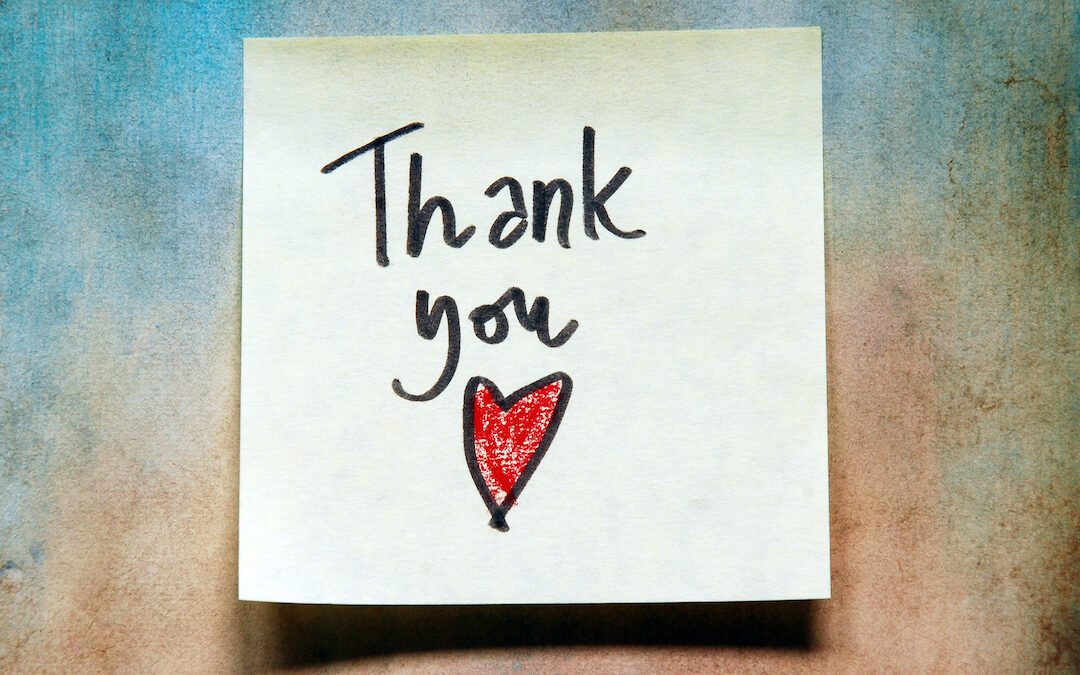One of the ongoing conversations I have with God is “Thank you and YES.”
Let me explain.
As I fell in love with my husband, I wasn’t sure I was “ready.” Not quite a year had passed since separating from my ex. (Fifty-one weeks, to be exact.)
After waiting decades for the real deal, the love of my life, the great love that would sweep me off my feet — it all seemed to happen so fast. Not willing to let him go, I scrambled to keep up.
Only five or six weeks passed between when I met my husband at a Halloween party and when I met his two teenage sons — now my stepsons, our sons — in early December.
A few weeks later, I spent entire Saturdays and three or four nights a week at wrestling matches and basketball games, watching the boys compete. Soon, I spent entire weekends at the “Man Cave.” It was a very different, kid-focused life compared to my former adult life, half of which I spent as a single writer and all of which I had lived without children. Yet, wishing for a family someday.
Stepping Up
This new life just felt good and right. Lots of goosebumps and sparks. I was never so sure of anything. So I felt grateful. That’s the “thank you” part.
Still — there was a lot to be nervous and anxious about: Would we all get along? What if the boys never accepted me? I’d grown up an only child raised by a single mom. How was I going to relate to teenage boys? Could we function well and be a family unit?
And I’m so squeamish and claustrophobic: Would I be able to watch so much wrestling?
Yes, I could. Because at that time, wrestling mattered so much to my stepson, so it was an important way to show him I cared. In time, I came to respect the sport for what it demanded of and taught a kid, but it never became comfortable to watch one kid contort and immobilize another. My stomach knotted, worried he would be hurt. Still, I watched and cheered.
Being a stepmom means to step up, to work through the rough patches and figure it out. Not simple. Not easy. Often, I came to think of the job as the mortar in-between bricks or spray-foam filling that gap in the wall. The building blocks and foundation were in place and my job was to fill in as needed.
That’s the “yes” part: I’m here and willing to do what needs to be done.
A Mantra Through Fear
In the summer of 2021, when we learned my husband would need heart surgery, I said “thank you and yes” dozens of times a day, a mantra to focus myself on what mattered most. To pray through my fear.
Thank you for the doctor who heard an odd heart rhythm and sent my husband for a test, catching a problem before it was too late. We were so lucky.
Yes, I will do whatever needs to be done: Advocate for the best care, be with him through all the medical visits, talk it all out with him — and take care of whatever he’ll let me do. My husband does not like to be fussed over.
When he was OK after open-heart surgery, I floated, giddy and overwhelmed with gratitude.
Thank you and YES!
A Powerful Shift Toward Peace & Grace
Gratitude has become a prayer and pivot point for me.
A powerful shift in perspective that worked well for me even before our quirky little family Thanksgiving dinner in the middle of February. That story’s message, its nudge toward gratitude in the dark and difficult times, is one reason it has stuck with me.
Gratitude gets me unstuck. Gratitude propels me forward, to the next good step. And then the next one.
When I pause to appreciate the good and beautiful in a moment, a day, a person, a relationship, even a lifetime, a powerful shift toward peace and grace occurs.
Sometimes, that shift immediately feels good. Sometimes, it’s too teensy to notice. Yet, I trust that magic is quietly working — both in my life and out into the world.
When I feel better, I am kinder and gentler. Never perfect, mind you, but … better.
Since kindness leads to more kindness and love leads to more love, then isn’t gratitude — along with joy, peace and hope — its own act of resistance against the darkness in the world? I believe so.
The Danger of Forcing Gratitude
Yet, we must be careful. An effort to focus and appreciate what’s good, beautiful and working is not a cure-all. It does not erase pain. We still have to work through the painful parts of our lives.
Calling out the good, the “silver linings” in the life of someone in pain is unkind, I believe. We cannot force gratitude on others.
Rarely do I hear any of the words that follow ““You should …”
Recently, I spotted a quote that suggested a gratitude practice helps you savor the good times, and cope through life’s most painful stretches, reminding you that they will ease in time.
That’s been true for me.
A gratitude practice is simply to pay attention to whatever is good, beautiful and working for you on a regular basis. Some people note what they are grateful for in a journal. Some people post what they are grateful for on their social media pages. Maybe you already do this? Would you share it? Just leave a comment about your ritual.
On most days, I write in a journal. For me, that practice is a form of prayer that includes a “thankyou” that my husband and our immediate family — now including two daughters-in-law and a grandson — are safe and healthy, and a “yes.”
Yep!
I am here, asking for strength and trusting it will come so I can do what needs to be done.


I don’t write down what I am thankful for but I should start. I do have much to be thankful for – health, a loving family, a God that looks after me – I could go on and on! Thank you Lisa for reminding me about this.
I agree that everyone should develop a personal gratitude practice. Each morning I sit on my window seat, look out at the landscape and the world wakening outside my window. I say “Good morning God” then sit in silence for a few minutes to reflect and listen before going to my morning prayers. I notice the difference in my mood on those days when I do not do this routine.
That’s a lovely practice & great way to start the day. Thanks, Diane 🙂
I heard a quote the other day when I was feeling low after not getting a dream job I recently applied for: “everything is as it should be.” And this led me to a feeling of gratitude for the job I currently have. It is a good job and I do feel appreciated by my coworkers and superiors. I am where I need to be right now.
Yes! That’s a great quote and reminder. We still reach. We still have disappointments. (I’m sorry it didn’t work out the way you wanted.) You never know what’s next 🙂 Thanks Gio.